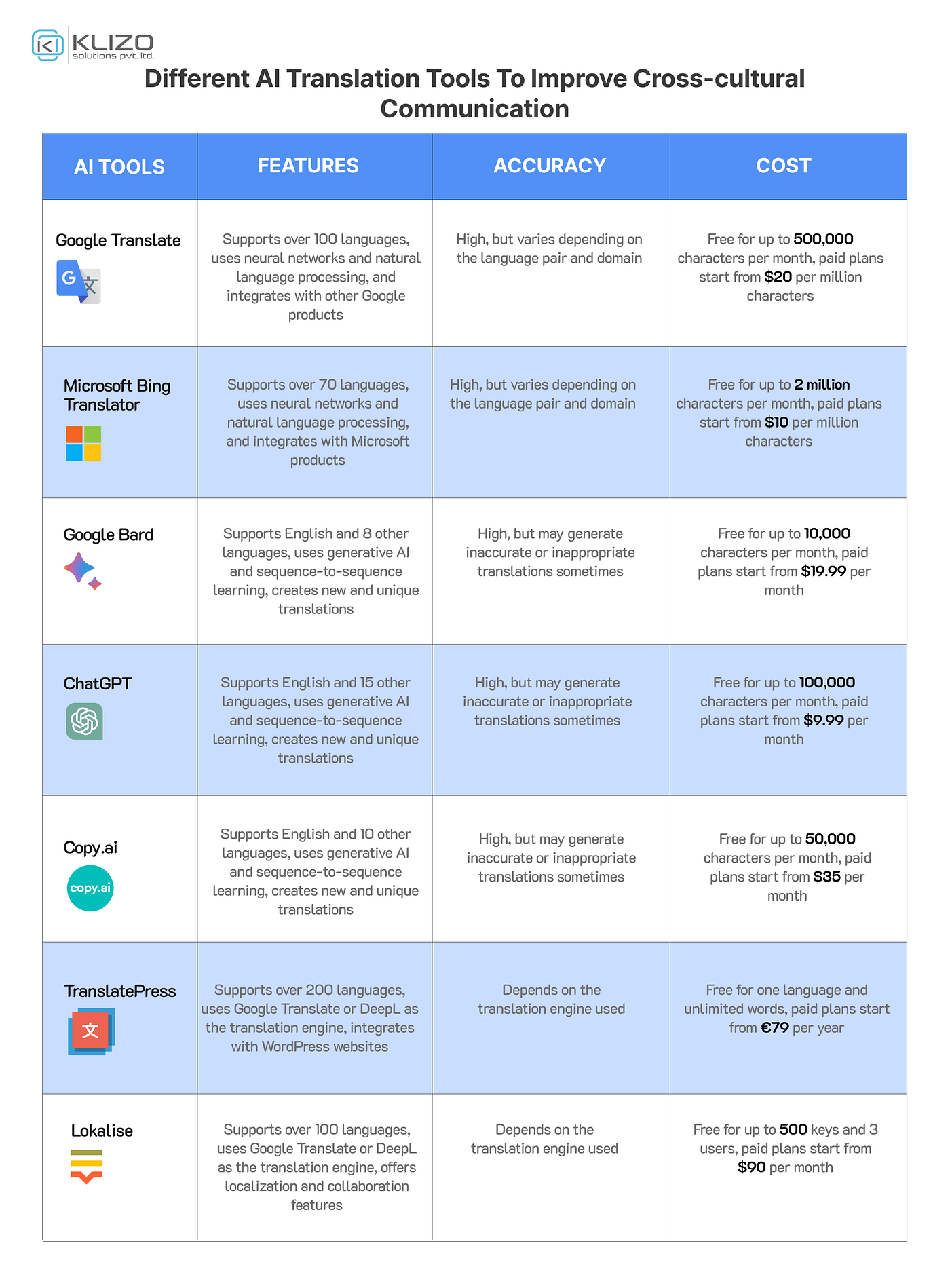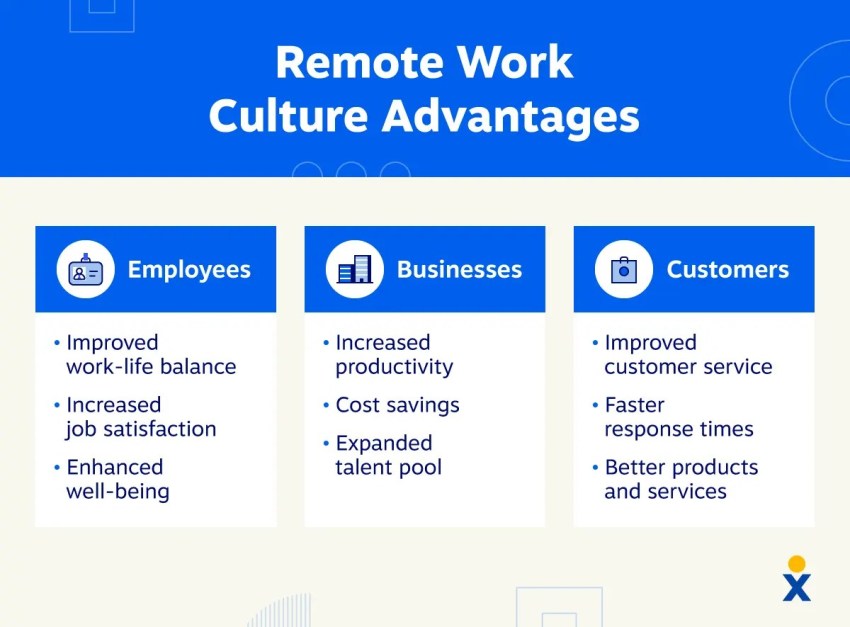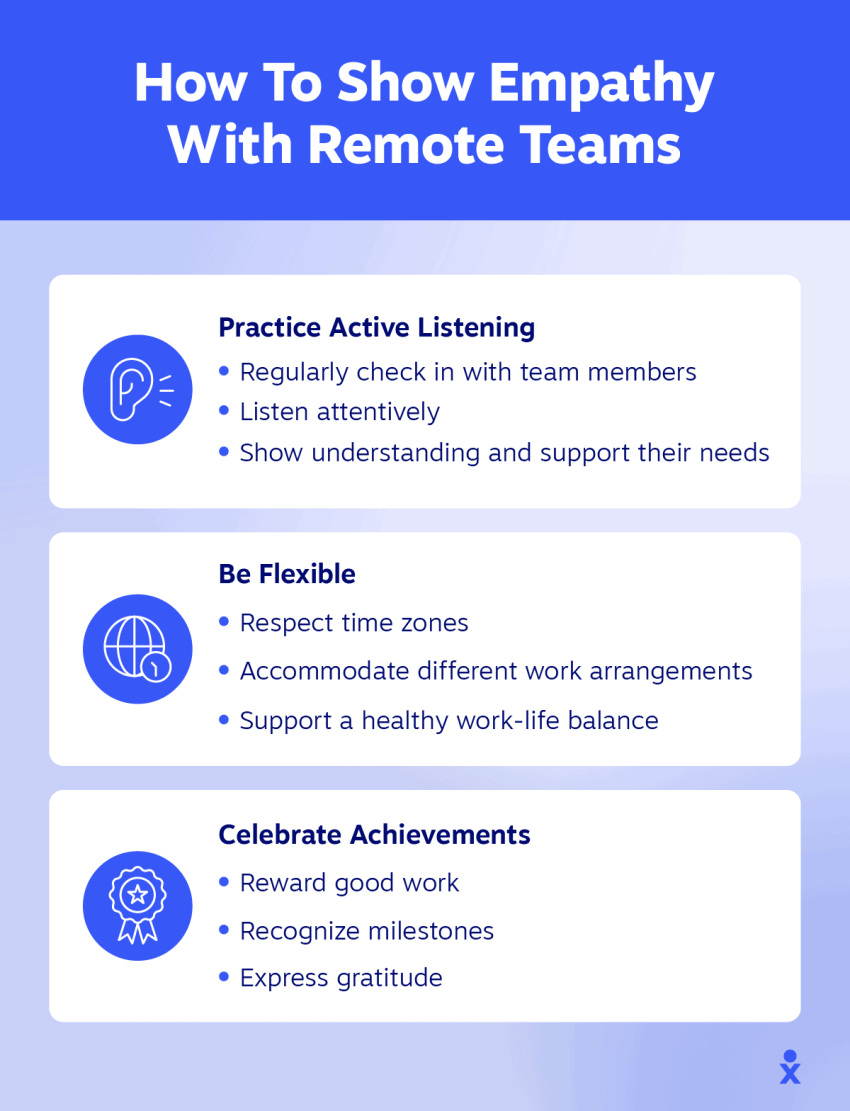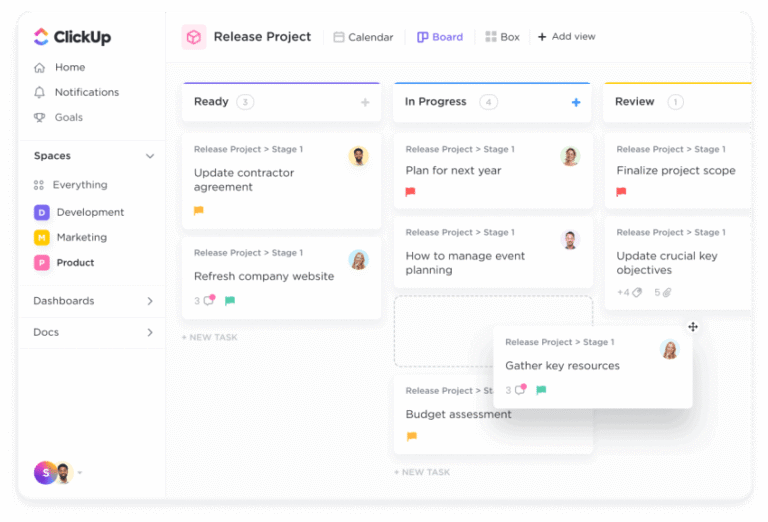Tools for Managing Cross Cultural Communication Remotely: Essential Solutions
Are you struggling to keep your remote team connected across different cultures? Communicating effectively when your team is scattered around the globe isn’t easy.
Misunderstandings can happen, deadlines can slip, and collaboration can suffer—all because cultural differences get lost in translation. But what if you had the right tools to bridge those gaps effortlessly? You’ll discover simple, powerful tools designed to help you manage cross-cultural communication remotely.
By the time you finish reading, you’ll know exactly how to keep your team aligned, engaged, and productive no matter where they are or what language they speak. Ready to transform your remote communication? Let’s dive in.

Credit: www.flexos.work
Video Conferencing Platforms
Video conferencing platforms play a vital role in managing cross-cultural communication remotely. They allow teams across different countries to meet, share ideas, and solve problems face-to-face. Clear video and audio help reduce misunderstandings that can arise from language barriers or cultural differences.
These platforms offer features like screen sharing, chat, and recording. Such tools support collaboration and keep everyone on the same page. Choosing the right video conferencing platform can improve team interaction and build trust among members from diverse backgrounds.
Zoom And Microsoft Teams
Zoom is widely used for its ease of use and strong video quality. It supports large meetings and breakout rooms for smaller group discussions. This makes Zoom great for cross-cultural teams needing flexible interaction.
Microsoft Teams combines video calls with chat and file sharing. It integrates well with other Microsoft apps, helping teams work smoothly. Teams also offers real-time translation features to bridge language gaps.
Google Meet And Cisco Webex
Google Meet is simple and accessible through any web browser. It connects well with Google Workspace tools like Calendar and Drive. This helps teams organize meetings and share documents quickly.
Cisco Webex provides secure video conferencing with options for customizing meeting layouts. It also supports AI features like noise removal and automatic captions. These help improve clarity during cross-cultural conversations.
Choosing The Right Platform
Consider your team size and meeting frequency. Look for features that support clear communication, like captions or language translation. Check if the platform integrates with tools your team already uses.
Test the platform to ensure it works well on different devices and internet speeds. The right video conferencing tool helps your team stay connected and work efficiently across cultures.

Credit: klizosolutions.medium.com
Messaging And Collaboration Tools
Messaging and collaboration tools help teams communicate clearly across cultures and time zones. They support real-time and asynchronous conversations. These tools reduce misunderstandings and keep everyone on the same page. They also help build trust and a sense of connection among remote workers.
Choosing the right tools can improve productivity and cultural understanding. Clear chats, organized projects, and smooth teamwork become easier. These platforms often include features that respect different languages and work styles. They make managing diverse teams simpler and more effective.
Slack And Microsoft Teams Chat
Slack and Microsoft Teams are top choices for team chat. They offer channels for different topics or projects. This helps keep conversations organized and easy to follow. Both tools support text, voice, and video messages. Users can share files and integrate other apps.
They also include translation features to bridge language gaps. Notifications keep team members updated without overload. Easy search options help find past messages quickly. These platforms create a friendly space for cultural exchange and teamwork.
Project Management With Asana
Asana helps teams plan and track work clearly. It breaks projects into tasks with deadlines and priorities. Team members can comment and update progress in one place. This transparency reduces confusion and missed deadlines.
Asana’s visual boards and timelines show the full project view. It supports multiple languages and time zones. This helps teams from different cultures coordinate smoothly. Clear task assignments ensure everyone knows their role and expectations.
Real-time Collaboration Features
Real-time collaboration tools allow teams to work together instantly. Features like live editing, video calls, and screen sharing boost interaction. Google Docs, Microsoft Office 365, and similar platforms support this.
These tools help remote teams brainstorm, edit, and finalize work together. They reduce delays and misunderstandings. Real-time feedback encourages respect for diverse ideas and perspectives. Teams stay connected and productive despite physical distance.
Translation And Language Support
Translation and language support play a key role in managing cross-cultural communication remotely. Clear communication avoids misunderstandings and builds trust among team members. Tools that assist with translation and language help bridge the gap between different languages and cultures. These tools also make remote collaboration smoother and more efficient.
Ai-powered Translation Tools
AI-powered translation tools convert text and speech between languages quickly. They help teams understand messages in real time. Tools like Google Translate and DeepL provide instant translations. These tools support many languages and dialects. They reduce language barriers and speed up communication. Using AI tools allows teams to focus on tasks rather than language issues.
Scheduling Across Time Zones
Scheduling meetings across time zones can be tricky for global teams. Tools like World Time Buddy and Google Calendar help find suitable meeting times. They show overlapping working hours for all team members. These tools reduce confusion and missed meetings. Proper scheduling respects everyone’s time and improves participation. It ensures smooth coordination despite geographic differences.
Overcoming Language Barriers
Language barriers cause delays and errors in communication. Using simple language and short sentences helps clarity. Teams should encourage asking questions to confirm understanding. Visual aids like images and charts support explanations. Language support tools can include grammar checkers and multilingual dictionaries. Combining these methods improves team collaboration and reduces frustration.
Communication Protocols
Communication protocols form the backbone of successful cross-cultural remote teams. They guide how team members interact, share information, and resolve misunderstandings. Clear protocols help bridge cultural gaps and create a respectful, productive work environment.
Without defined communication rules, messages can be misinterpreted. This leads to confusion and slows down projects. Protocols set expectations for tone, timing, and response methods, making collaboration smoother. Teams feel more connected despite distance and cultural differences.
Setting Clear Guidelines
Clear guidelines outline who communicates what and when. Specify preferred channels like email, chat, or video calls. Define response times to avoid delays. Make rules simple and easy to follow for everyone.
Explain how to handle urgent messages versus regular updates. Share examples of good communication to build understanding. Document these guidelines and review them regularly with the team.
Digital Etiquette For Diverse Cultures
Digital etiquette respects different cultural norms in online communication. Some cultures value formality; others prefer casual tones. Teach team members to be polite and patient.
Avoid slang or idioms that others might not understand. Use clear, straightforward language. Encourage the use of greetings and polite closings. Respect time zones when scheduling meetings or sending messages.
Encouraging Feedback And Adaptation
Encourage team members to share feedback about communication challenges. Create safe spaces for open discussions without judgment. Use surveys or regular check-ins to gather opinions.
Adapt protocols based on feedback and cultural needs. Continuous improvement helps teams work better together. Flexibility builds trust and shows respect for everyone’s preferences.
Building Trust Remotely
Building trust remotely is vital for any cross-cultural team. Trust forms the base for smooth communication and strong collaboration. Without it, misunderstandings and delays increase. Remote work adds challenges since team members do not meet face-to-face often. Using the right tools and strategies can help bridge cultural gaps and build confidence among team members.
Fostering Team Connections
Creating personal bonds helps build trust in remote teams. Use video calls to see faces and read expressions. Schedule regular check-ins to share updates and personal stories. Encourage informal chats to make team members feel connected. Simple greetings and showing interest in others’ cultures make a big difference. These actions create a warm environment that supports open communication.
Promoting Autonomy
Trust grows when team members feel empowered. Give clear goals and let people decide how to reach them. Respect different work styles and cultural approaches. Avoid micromanaging, as it can reduce confidence and slow progress. Use project management tools to track tasks without constant interference. Autonomy motivates individuals to take ownership and contribute their best work.
Optimizing Asynchronous Communication
Cross-cultural teams often work in different time zones. Asynchronous communication tools help bridge this gap. Use shared documents, chat apps, and recorded video messages. Clear written communication reduces misunderstandings and respects cultural differences. Set expectations on response times and message clarity. These practices build reliability and trust, even without real-time interaction.
Documentation And Knowledge Sharing
Documentation and knowledge sharing play a vital role in managing cross-cultural communication remotely. Clear and organized information helps teams stay aligned despite cultural differences. It also reduces misunderstandings and supports smooth collaboration. Using the right tools ensures that knowledge flows efficiently across borders and time zones. This section explores effective methods to document and share knowledge in remote, multicultural teams.
Using Google Docs And Sheets
Google Docs and Sheets offer real-time collaboration for teams around the world. They allow multiple users to edit documents and spreadsheets simultaneously. This feature helps team members contribute ideas and updates instantly. Comments and suggestions enable clear feedback without confusion. Sharing permissions control who can view or edit content, maintaining data security. These tools are simple to use and require no special software installation.
Centralized Information Repositories
Centralized repositories keep all important documents in one place. Platforms like SharePoint, Confluence, or Notion serve as knowledge hubs. They organize files by projects, topics, or departments for easy access. Team members can quickly find the resources they need without delays. Centralization prevents loss of information and supports consistent messaging. It also helps new employees learn company processes faster.
Maintaining Clarity Across Cultures
Clear writing is essential for cross-cultural teams. Use short sentences and simple words to avoid confusion. Avoid idioms, slang, or culturally specific references. Structure documents with headings, bullet points, and visuals for better understanding. Confirm key points by summarizing and asking for feedback. Consistent terminology prevents misinterpretation. Clarity builds trust and ensures all team members stay on the same page.

Credit: www.nextiva.com
Frequently Asked Questions
Which Tool Is Essential For Maintaining Communication With Remote Workers?
Video conferencing tools like Zoom, Microsoft Teams, and Google Meet are essential for maintaining communication with remote workers. They enable real-time interaction, bridge cultural gaps, and support collaboration effectively across locations.
How To Manage Cross-cultural Communication?
Manage cross-cultural communication by respecting cultural etiquette, avoiding slang, speaking clearly, practicing active listening, and using digital tools for clarity. Establish clear guidelines, encourage feedback, and leverage platforms like Zoom or Microsoft Teams to enhance understanding and collaboration across cultures.
How Can We Use Digital Tools To Communicate Effectively With People From Different Cultures?
Use video conferencing and messaging apps to enable real-time, clear conversations. Apply translation tools and respect cultural etiquette. Set communication guidelines and encourage open feedback for better understanding across cultures.
How Do You Handle Communication And Collaboration When Working Remotely?
We use tools like Zoom, Slack, and Microsoft Teams for real-time communication and collaboration. Clear goals and regular check-ins keep teams aligned. Encouraging feedback builds trust and supports smooth remote teamwork across cultures.
Conclusion
Effective cross-cultural communication relies on the right tools and clear habits. Choose platforms that suit your team’s needs and time zones. Keep messages simple and respectful of cultural differences. Encourage open feedback to improve understanding continuously. Regular video calls help build trust and stronger connections.
Use written notes to avoid misunderstandings. With consistent effort, remote teams can communicate smoothly across cultures.







